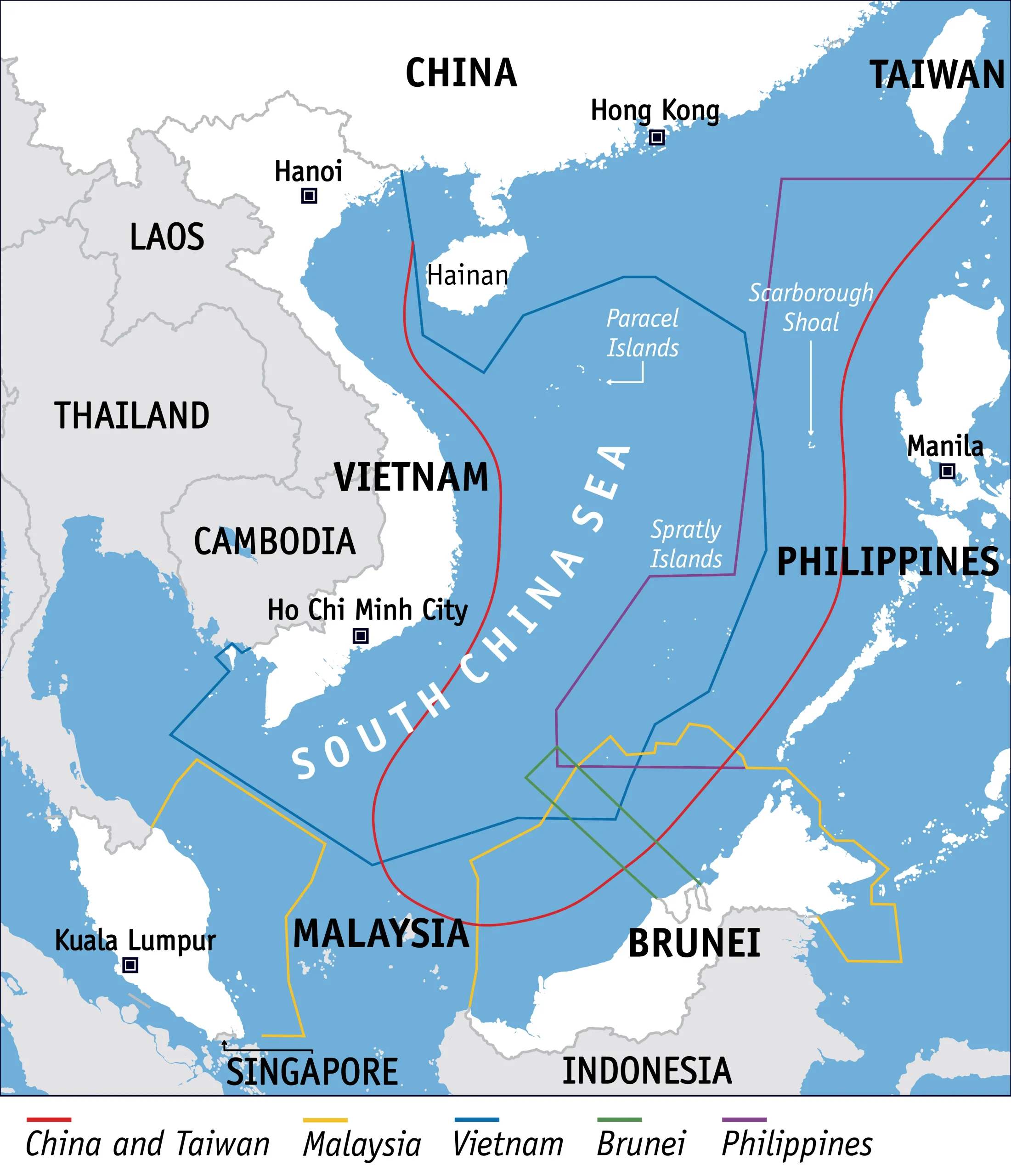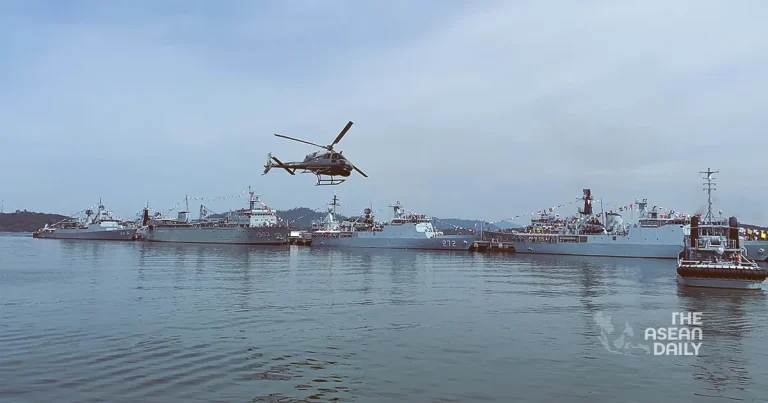7-10-2024 (KUALA LUMPUR) In recent weeks, there has been a resurgence of interest in the long-dormant proposal for a new naval base in Bintulu, Sarawak. This renewed focus comes as Malaysia grapples with the complex geopolitical landscape of the South China Sea, particularly in light of increasing Chinese presence in the region’s resource-rich waters.
The proposed Region 4 Naval Headquarters in Bintulu would mark Malaysia’s sixth main naval base and its first in Sarawak. Government officials have touted the base’s potential to enhance surveillance efforts in Malaysia’s Exclusive Economic Zone (EEZ) within the South China Sea, allowing for swifter deployment of naval vessels.
Slated for construction on a 200-acre site in Samalaju, northern Bintulu, the base is expected to house three of Malaysia’s new littoral mission ships. The project, to be completed in two phases, aims for inauguration by 2030.
The impetus for this naval expansion stems from Malaysia’s rich offshore oil and gas reserves, which contribute nearly a quarter of the nation’s GDP. These resources, particularly in areas like the Luconia Shoals, have been subject to increasing Chinese interest and presence.

Recent reports from the Asia Maritime Transparency Initiative (AMTI) highlight the regularity of Chinese coast guard operations in Malaysia’s EEZ. The data reveals an almost daily presence of Chinese vessels in the area throughout much of 2024, with ships remaining on station for up to six weeks at a time.
Despite these incursions, analysts suggest that Malaysia is unlikely to adopt a more aggressive stance. Dr Collin Koh, a senior fellow at Singapore’s S Rajaratnam School of International Studies, notes that Malaysia’s overarching strategy remains focused on maintaining a “non-megaphone” approach to the dispute, prioritising diplomatic channels and economic ties with Beijing.
This measured response stands in contrast to the more confrontational approach adopted by the Philippines, which has seen escalating tensions with China in the Spratly Islands. Experts warn that a similar aggressive stance from Malaysia could provoke a harsher response from China’s superior naval forces.
The call for enhancing naval presence in Sarawak has gained traction among local politicians, who express concern over China’s growing assertiveness and the potential economic ramifications of losing control over these crucial maritime areas. Malaysian Defence Minister Khaled Nordin has indicated that the government is in the final stages of land negotiations for the naval base, though no definitive timeline has been set.
While the new base will undoubtedly improve response times to incidents in the EEZ, challenges remain. Dr Koh points out that both the Malaysian navy and coast guard currently lack the necessary equipment for extended EEZ patrols. The effectiveness of the new base will largely depend on the acquisition of offshore-capable ships and advanced maritime surveillance tools.
Dr Ian Storey, a maritime security expert at the ISEAS – Yusof Ishak Institute, suggests that the new base will reinforce Malaysia’s “dual-track policy” on the South China Sea dispute. This approach aims to maintain a presence in the contested waters while simultaneously downplaying tensions to preserve economic relations with China.
Malaysian Prime Minister Anwar Ibrahim’s willingness to discuss the territorial dispute with China has drawn criticism from some quarters. However, analysts interpret this as a diplomatic manoeuvre rather than a sign of concession, noting Malaysia’s continued oil and gas exploration activities in the region despite Chinese objections.




